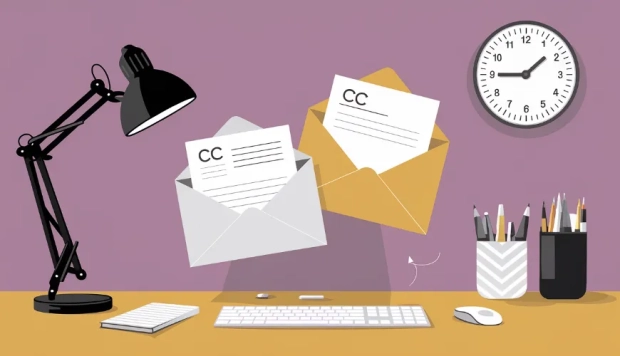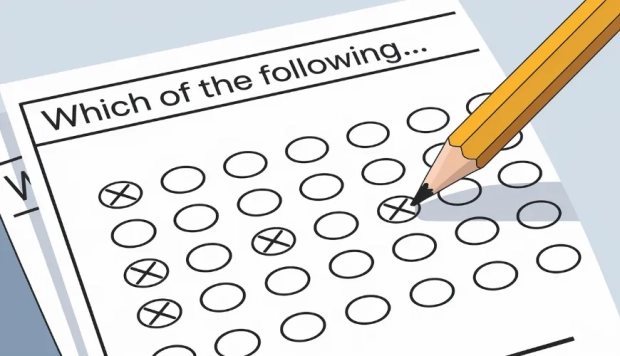What Does "Via Email" Mean? Definition, Examples, and Usage Explained

Ever signed off an email with the phrase "via email" and wondered if it sounds formal, outdated, or even unnecessary? The truth is, “via email” is still perfectly relevant in today’s digital world - and knowing how to use it correctly can make your communication sound more professional and clear.
Let’s break down what “via email” really means, when to use it, and how it compares to other phrases like “by email.”
What Does "Via Email" Mean?
The word via simply means by way of or through the means of. So, “via email” means sending something through electronic mail - in other words, by using someone’s email address instead of physical mail or a phone call.
For example, you might say:
“I sent the updated contract via email yesterday.”
It’s a clear way to say how the message was sent.
I remember once receiving a PC upgrade suggestion via email, and while reading it, I found a link to a really useful bottleneck calculator that helped me check my component compatibility. That single message reminded me how powerful even a simple email can be when used effectively.
Is "Via Email" the Same as "By Email"?
Both are correct, but “via email” sounds a bit more formal and precise.
- ✅ “By email” is common in everyday speech.
- ✅ “Via email” is preferred in business, legal, or official contexts, especially when clarity matters.
When to Use "Via Email"
1. Formal Communication
In professional settings, legal notices, or business correspondence, specifying “via email” helps eliminate any doubt about how the document or message was delivered. For instance, when sending interactive documents or proposals, noting that they were sent via email provides a clear digital trail - which is especially important in contracts, HR, and client communication.
2. Multiple Delivery Methods
If you’re sending the same information through multiple channels - such as email and physical mail - using “via email” clarifies which version you’re referring to.
“You’ll receive the invoice via email and a printed copy by post.”
This simple phrase helps prevent confusion and keeps all your communication organized and transparent.
3. Emphasis or Urgency
When timing matters, you might want to stress that a response or message should come via email.
“Please confirm your attendance via email by Friday.”
It’s short, polite, and leaves no doubt about the expected communication channel.
4. Email Signatures
Some professionals include “via email” in their signatures or disclaimers - especially when they list multiple contact methods (phone, social media, etc.). It clarifies that the message was officially sent via email and helps maintain consistent branding.
Do You Always Need to Say "Via Email"?
Not always. For casual or routine communication, you can skip it entirely - it’s understood that an email was sent via email. But knowing when to use it can elevate your tone when formality or clarity matters.
The phrase “via email” might seem small, but it plays a big role in clear communication. Whether you’re sending an invoice, a report, or just following up with a client, using it correctly shows attention to detail and professionalism.
So, next time you’re writing an important message, think about whether it makes sense to say you’re sending it via email - that one phrase can make your message sound more polished, confident, and credible.




